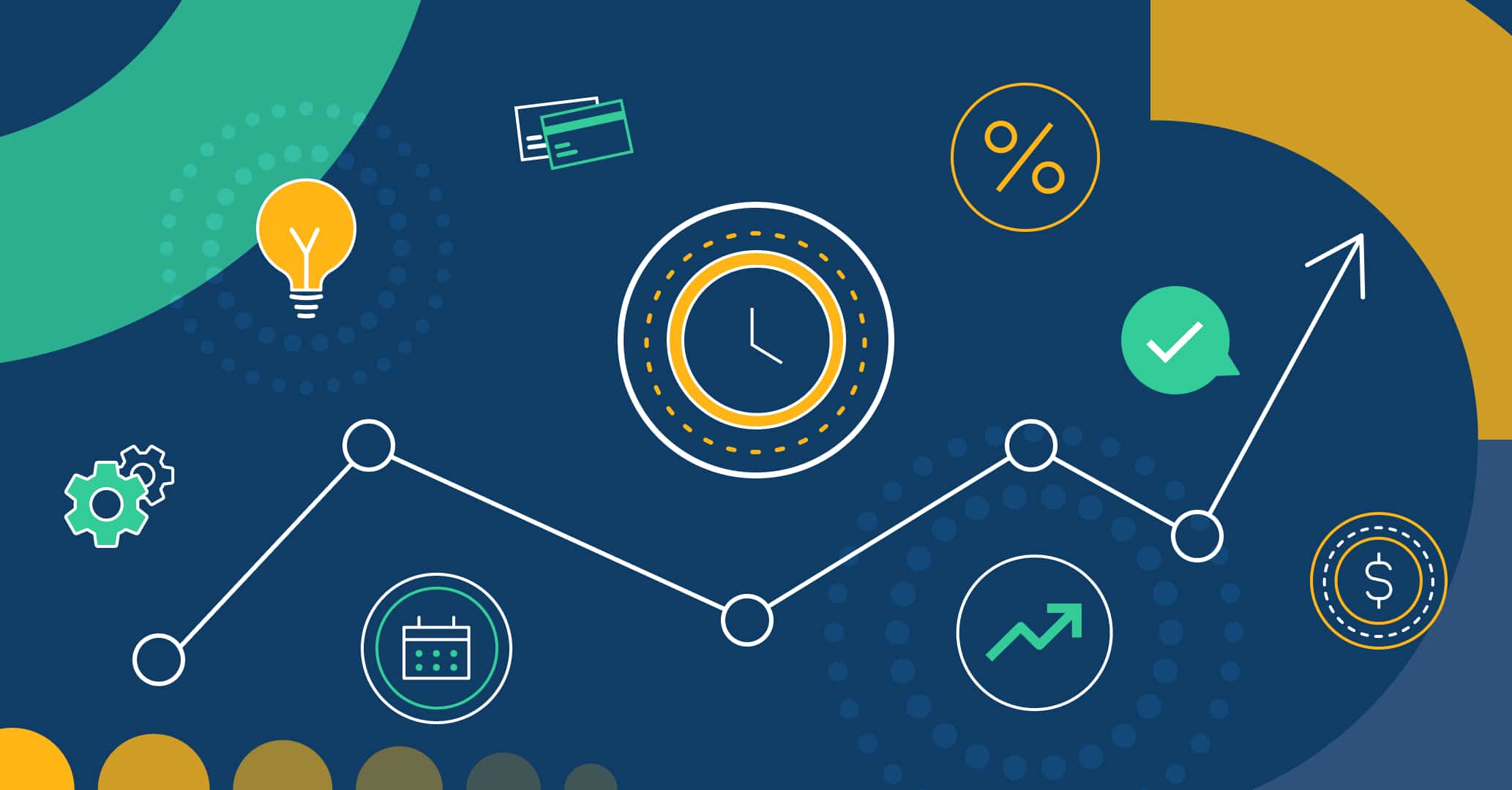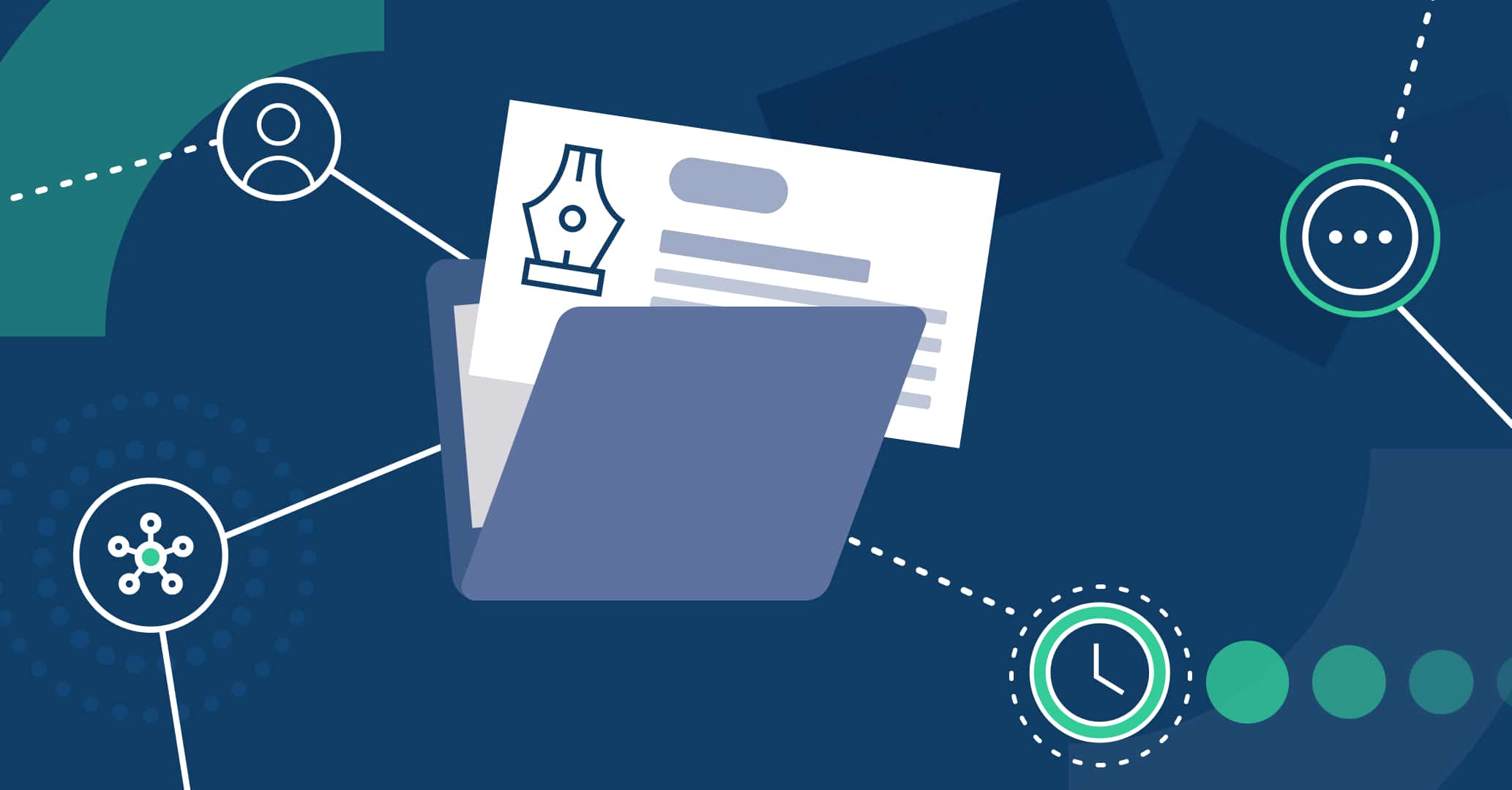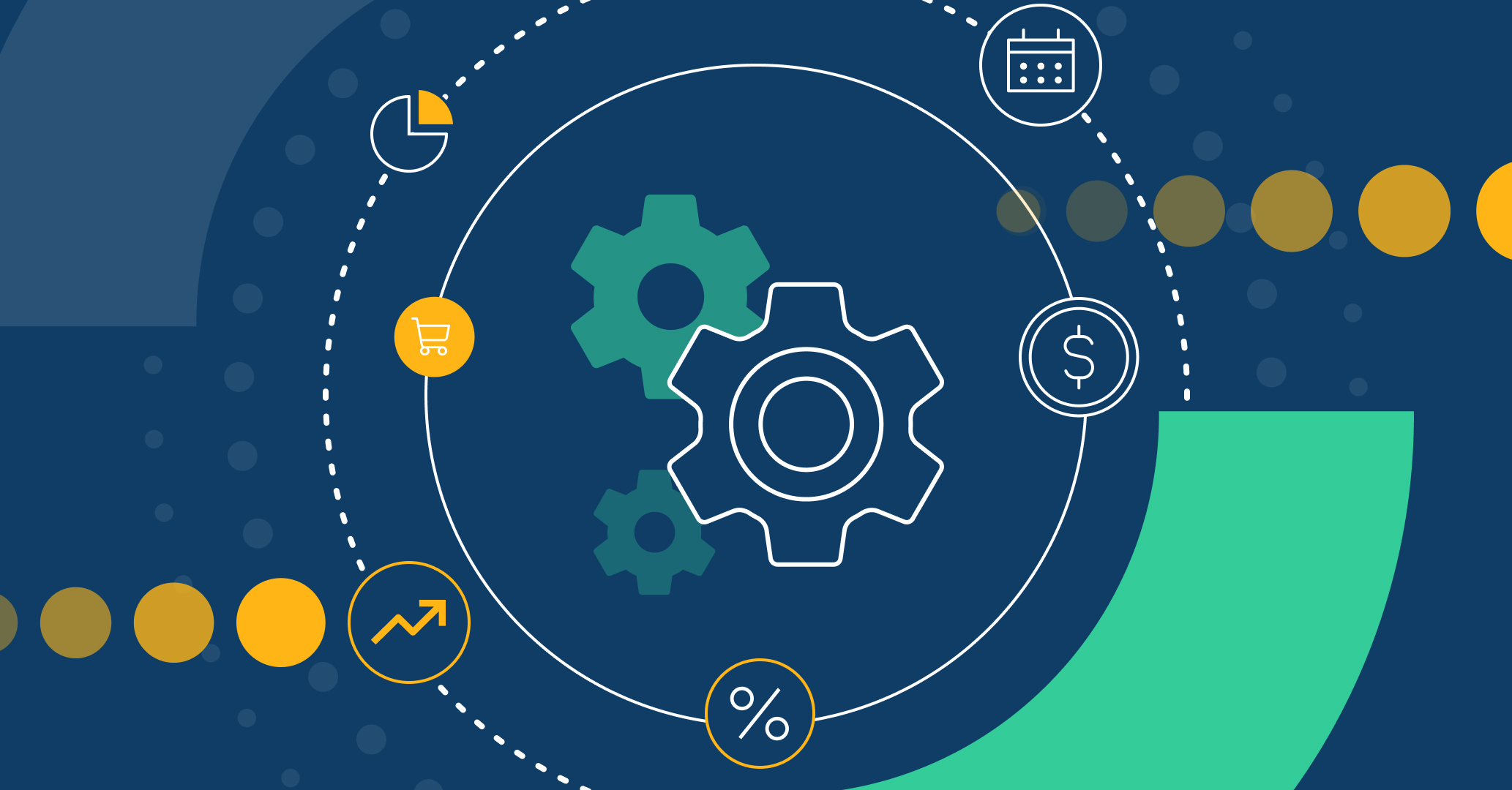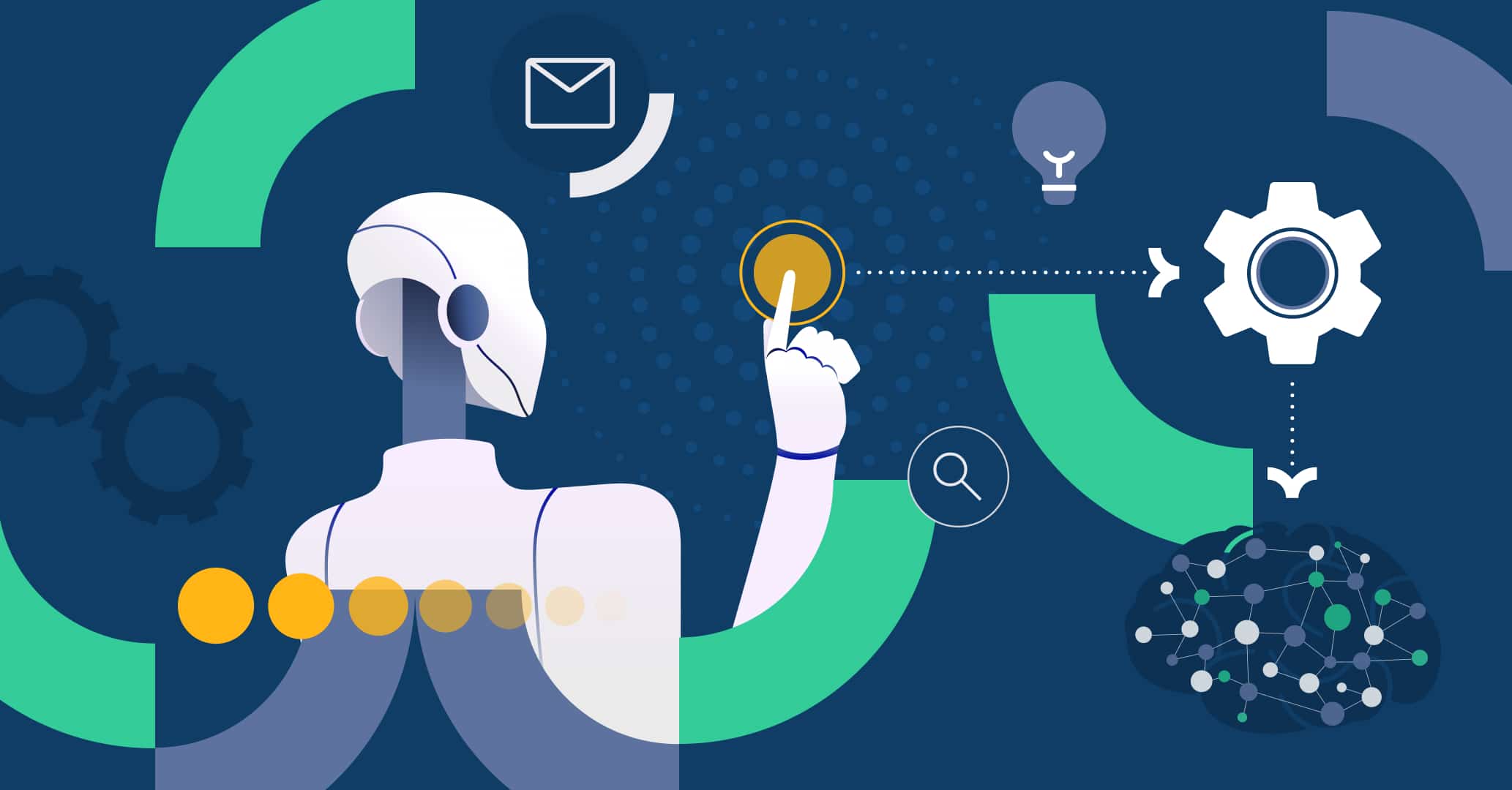- 1. What is a purchasing management system?
-
2.
What are its features and functions?
- 2.1. 1. Automatic purchase order creation
- 2.2. 2. Invoice reconciliation
- 2.3. 3. Supplier management
- 2.4. 4. Real-time reporting
- 2.5. Benefits of having a purchasing management system
-
2.6.
How to implement a purchasing system?
- 2.6.1. Step 1: Define objectives and goals
- 2.6.2. Step 2: Assemble a cross-functional team
- 2.6.3. Step 3: Select the right purchasing management system
- 2.6.4. Step 4: Develop a comprehensive implementation plan
- 2.6.5. Step 5: Conduct thorough training and support
- 2.6.6. Step 6: Monitor progress and address issues
- 2.6.7. Step 7: Evaluate success and iterate
- 2.7. Challenges: What can go wrong?
- 2.8. How to implement a purchasing system with Qflow?
- 2.9. Conclusion
Purchasing management is a key activity for the success of any company, as it involves the acquisition of the goods and services it needs for its operation.
Manually tracking purchase orders, invoices, and payments can lead to errors, delays, and ultimately, financial losses. A seamlessly implemented purchasing system (PMS) can significantly improve your business efficiency by optimizing procurement processes. However, implementing a new system can be a challenging task.
The purchasing process in a company can become problematic for various reasons, many of them related to a lack of planning, control, or alignment with strategic objectives. Some of the main causes include:
What is a purchasing management system?
A purchasing management system is software that helps companies manage their purchasing process. Its implementation allows businesses to automate the process of creating purchase orders, receiving invoices, and making payments. It also provides a centralized platform to manage supplier information, track inventory, and oversee purchasing activities.
What are its features and functions?
When selecting a purchasing management system for your business, there are certain key features and functions you should look for. These include:
1. Automatic purchase order creation
A good purchasing management system should be capable of automatically creating purchase orders based on predefined rules and requirements. This automation can save time and reduce errors in the purchasing process.
2. Invoice reconciliation
The system should be able to reconcile invoices with purchase orders and receipts to ensure that all transactions are accurate and accounted for.
3. Supplier management
A purchasing management system should provide a centralized platform for managing supplier information, including contact details, payment terms, and performance metrics.
4. Real-time reporting
Real-time reporting capabilities can provide valuable insights into purchasing trends, supplier performance, and potential cost-saving opportunities.
Benefits of having a purchasing management system
Implementing a purchasing management system in your business can bring a multitude of benefits. Some of the most significant advantages include:
1. Increased efficiency
A purchasing management system can simplify your procurement process by automating many tasks that are typically done manually. This automation can lead to increased efficiency and productivity, as employees can dedicate more time to value-added tasks and less time to administrative duties.
2. Improved accuracy
Manual purchasing processes are prone to errors, which can lead to financial losses and other issues. A purchasing management system can help improve accuracy by automating many tasks and providing real-time data to help identify and correct errors.
3. Better control and visibility
A purchasing management system provides a centralized platform for managing purchasing activities, which can help businesses gain better control and visibility over their procurement process. This visibility can help identify areas for improvement and provide valuable insights into supplier performance and purchasing trends.
4. Cost savings
Implementing a purchasing management system can lead to cost savings by reducing errors, eliminating manual processes, and improving supplier management. These savings can accumulate over time and contribute to the overall financial health of the business.
How to implement a purchasing system?
Implementing a purchasing system that meets your business needs is essential for optimizing costs, improving supplier management, and ensuring the timely supply of materials and services. To achieve this, it is advisable to follow specific steps:
Step 1: Define objectives and goals
Before diving into a seamless purchasing system implementation, it is crucial to identify the specific objectives you want to achieve with your new PMS. These may include reducing procurement costs, improving supplier management, or increasing transparency in your organization. Translating your goals into measurable objectives will help you monitor progress and evaluate the system’s success.
Examples of objectives: Reduce procurement cycle time by 20% or increase the number of preferred suppliers by 30%.
Step 2: Assemble a cross-functional team
A successful PMS implementation requires collaboration from various departments, including procurement, IT, finance, and operations. Ensure that your team consists of key stakeholders with the knowledge and experience necessary to drive the project forward. Once the team is assembled, clearly outline each member’s roles and responsibilities to avoid confusion and ensure everyone knows what is expected of them throughout the project.
Step 3: Select the right purchasing management system
Create a list of essential features and functionalities that the PMS should have based on your organization’s unique needs. Consider aspects such as automation, reporting, supplier management, and compliance management. With this information, research available tools in the market and select a PMS provider that offers excellent customer support and ensures the system can scale as your organization grows.
Step 4: Develop a comprehensive implementation plan
Break down the implementation process into manageable milestones and set deadlines for each phase. This will help keep the team on track and allow you to monitor progress effectively. Also, determine the necessary resources for each stage of implementation—personnel, budget, and equipment—and allocate them accordingly to ensure the project runs smoothly.
Step 5: Conduct thorough training and support
Train all end users who will interact with the new PMS, including procurement professionals, approvers, and other relevant staff. Ensure that everyone feels comfortable with the system’s functionalities and can effectively perform their tasks. After the initial training, continue offering support as needed, including regular refresher courses, user manuals, or dedicated help resources.
Step 6: Monitor progress and address issues
Define indicators aligned with your objectives, such as procurement cycle time, cost savings, and supplier performance. Regularly monitor these KPIs to evaluate the system’s effectiveness and identify areas for improvement. As you track progress, promptly address any issues that arise. This may involve adjusting the implementation plan, providing additional training, or seeking assistance from the PMS provider.
Step 7: Evaluate success and iterate
Once the PMS is fully implemented, assess its performance against your initial objectives and goals. Analyze KPI data to determine if the system is delivering the desired results. Based on the evaluation, make necessary adjustments to the system or processes. This may involve refining the procurement strategy, optimizing system features, or seeking additional support from the provider.
Challenges: What can go wrong?
Traditional purchasing management involves a lot of manual work, which can lead to errors, delays, and additional costs. Some of the challenges of traditional purchasing management include:
Integration with other systems
A PMS must connect with ERP, inventory, and accounting systems. To ensure a bulletproof connection, it is necessary to have a tool adaptable to interaction with other systems—like Qflow!
Resistance to change
Employees responsible for implementing the new PMS may face adaptability challenges, especially after managing processes manually for a long time. Adopting a new system requires training and change management.
Regulatory compliance and security
Aligning with regulations, whether international quality standards or regional laws, is essential for a successful PMS. Allocating time and resources to verify compliance with every clause prevents surprises later.
Process automation
Automation is the path to efficiency: it speeds up purchases, reduces errors, and systematizes repetitive processes. However, transitioning from manual to automated management is a challenge in itself. Monitoring automation performance and making process adjustments is just as important as choosing the right management tool.
How to implement a purchasing system with Qflow?
With Qflow, organizations can automate their purchasing workflow, ensuring efficient approvals and traceability at every stage. With features like integrations with enterprise systems and everyday tools, real-time monitoring, alerts, reminders, and process initiation by external users, Qflow is the ideal partner for your PMS.
Here’s an example of how to implement a purchasing system with Qflow:
Qflow offers a pre-designed Purchase Request template—a ready-to-use workflow that automates every step of a PMS.

The process starts when a user submits a purchase request through a form, entering the necessary details.
Once the request is submitted, it is assigned to the First Reviewer, who must review the request and approve or reject the purchase.
To ensure thorough analysis, Qflow allows for cost thresholds to be set. If the purchase request exceeds the chosen threshold, once approved by the First Reviewer, it must be evaluated by another user responsible for final authorization.
The process ends with a notification to the requesting user, communicating the approval or rejection of their purchase request.
Conclusion
Implementing an efficient purchasing management system is essential for optimizing processes in your organization. To help you achieve peak performance, Qflow adapts to your needs, streamlining approvals and providing tracking at every stage.
Try Qflow today and take your purchasing management system to the next level!






